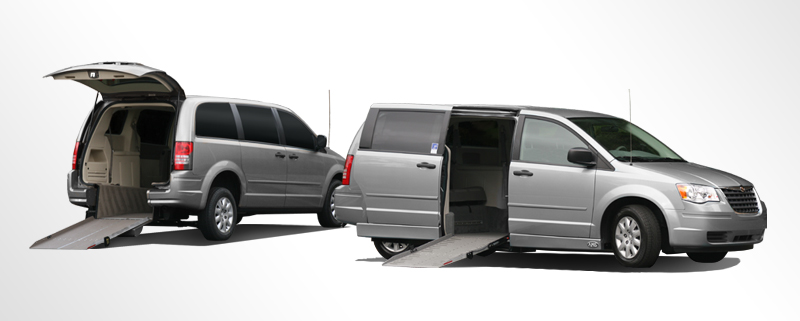There are many different types of disAbilities, therefore, when making changes to a home to accommodate someone with a disAbility, you first need to consider the individual’s specific needs, then the dimensions to follow based on disAbility access laws.
Here are some things to consider when adjusting the home to meet the needs of someone with a disAbility:
Counters and Tables
In the house you may have to adapt counters and tables. They may need to be lowered. They will also need extra open space underneath so that someone using a wheelchair can move closer to the counter or table. You should also consider making sure there is enough space available to maneuver a wheelchair around the house.
Appliances
Some other objects that can be useful in the kitchen for someone with a disAbility include an electric can opener, an electric jar opener and food processor for vegetable cutting. When buying a stove, make sure the knobs are in front so the person using a wheelchair can reach them and turn the oven on or the top burners on.
Toilets
In the bathroom you should consider having elevated toilet seats. Make sure you have bars by the toilet for someone who lacks balance to hold onto while sitting down or standing up. If you have someone that is using a wheelchair you need to have available a sliding board so you can transfer them from the wheelchair to the toilet.
Sinks
Extended levers on the faucet make it easy to turn on and off the water. The sink may need to be lowered to insure accessibility. You might also want to consider making sure that there is space underneath the sink so that there is room to maneuver a wheelchair.
Bath mats
If the bathroom has a bathtub, then make sure you have a floor length mat with a non-slip backing so it will adhere to the floor to prevent the disabled person from tripping over the mat.
Outlets
Arrange the furniture in the room so outlets are easily accessible.
Lighting
Make sure your lamps are touchable or react to sound so that the person with the disAbility can turn lights on and off when no one is around to help them.
Phones
Make sure the phone is cordless so the individual can carry it around with them and answer a call when the phone rings.
Kitchenware
You can buy silverware with Styrofoam that makes it easier for someone with a disAbility to hold the utensil and use it while eating.
Door handles
Use handles as opposed to knobs so the individual with a disAbility can open and close doors by themselves without assistance. When buying a refrigerator make sure the handle is either on the left or right hand side depending on the needs of the individual.
Doors and walkways
When adapting the home for a wheelchair make sure the doors open wide enough for the wheelchair to go through and halls are uncluttered.
For the deaf
When adapting the home to someone who is deaf make sure you will have a TTD — teletype device so the individual can make phone calls for themselves.
Doorbells
Connect the doorbell to the lights so they will flash when a phone call comes in or when someone rings the doorbell for someone who is deaf.
Showers
When adapting a shower you should consider installing a shower seat so that someone who is unable to stand can shower while sitting. If the person uses a wheelchair you will need a transfer board so they can transfer themselves to the seat without assistance. Another option for a person using a wheelchair is to have a shower that they can roll their wheelchair into. You may also want to consider having a shower head with a wand, that way it can be lowered so that it is more accessible for a person who needs to shower while seated.
These are just a few things to consider when adapting a home to meet the needs of someone with a disAbility. Above all, make sure to ask individuals with a disAbility what their needs are to adjust the home for them.

